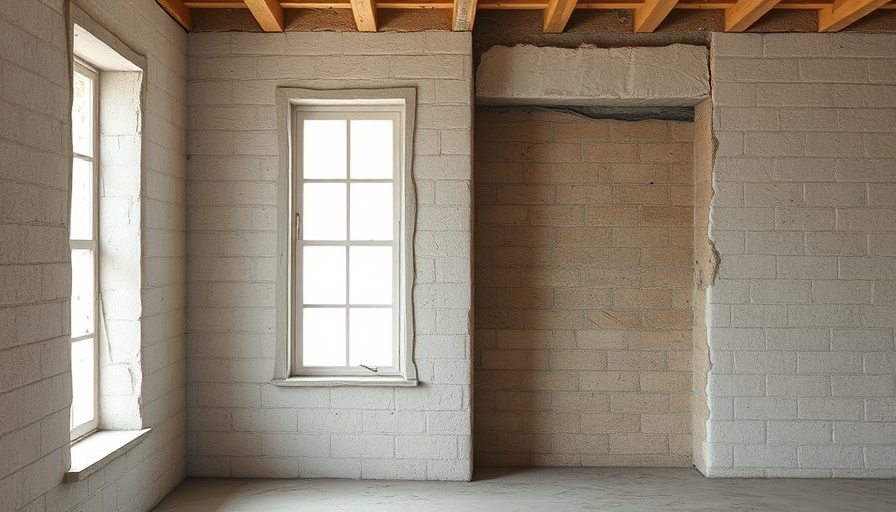
Understanding EIFS: What You Need to Know
Exterior Insulation and Finish Systems (EIFS) have quickly gained popularity in the construction industry, especially for their aesthetic appeal and energy efficiency. As residential and commercial buildings increasingly emphasize both sustainability and design, EIFS has emerged as a dynamic solution, but understanding its installation and maintenance requires a foundational knowledge of the system. Many property owners wonder if specialized contractors are necessary for EIFS applications. This article delves into the critical aspects of EIFS and the implications of hiring a qualified contractor.
Importance of Professional EIFS Installation
While DIY projects can be tempting, especially for those looking to save costs, EIFS installation is highly technical and requires specific skills and knowledge. Learning about the materials involved, the layering process, and how to handle potential problems is essential to achieving the intended benefits of EIFS. A professional contractor possesses the expertise to ensure that the system is installed correctly, providing long-term durability and energy efficiency.
Potential Pitfalls of DIY EIFS Installation
Embarking on a DIY EIFS project could lead to several pitfalls that may not only undermine the system's effectiveness but also result in costly damages. Improper moisture management is a prime concern; moisture trapped within the system can lead to mold growth, structural damage, and severe health threats. Knowledge of weather-resistant materials and detailing techniques is essential, which a specialized contractor will be well versed in.
What to Look for in an EIFS Contractor
When choosing an EIFS contractor, it’s crucial to evaluate their experience, credentials, and past projects. Look for contractors who specialize in EIFS and have solid familiarity with local codes and regulations. Testimonials and references are valuable resources when assessing a contractor's reliability. A comprehensive approach that includes reviewing their portfolio and conducting thorough interviews can lead to selecting the ideal contractor.
Benefits of Using EIFS with Expert Installation
EIFS, when properly installed by professionals, can significantly enhance a building's insulation properties while adding a graceful exterior finish. With energy codes becoming stricter, the insulating properties of EIFS help meet energy efficiency requirements. Additionally, EIFS can be designed to mimic various architectural styles, enhancing the building's curb appeal.
Inspections and Maintenance of EIFS
After installation, ongoing inspections are essential to maintain the integrity of an EIFS system. Professional contractors are well-positioned to conduct regular maintenance checks that include looking for any signs of water intrusion, cracks, or deterioration. This proactive measure can prevent extensive damage and prolong the lifespan of the EIFS. Maintenance also strengthens the system’s energy efficiency, ultimately saving property owners on energy costs.
Conclusion: Making Informed Decisions
While EIFS presents a fantastic opportunity for enhancing the appearance and efficiency of buildings, proper installation is critical. Hiring a qualified contractor ensures that the system is not only installed correctly but maintained well throughout its lifespan. As the construction landscape shifts towards sustainability, understanding the value of EIFS and collaborating with the right professional can significantly impact the overall health of a property.
 Add Row
Add Row  Add
Add 






Write A Comment